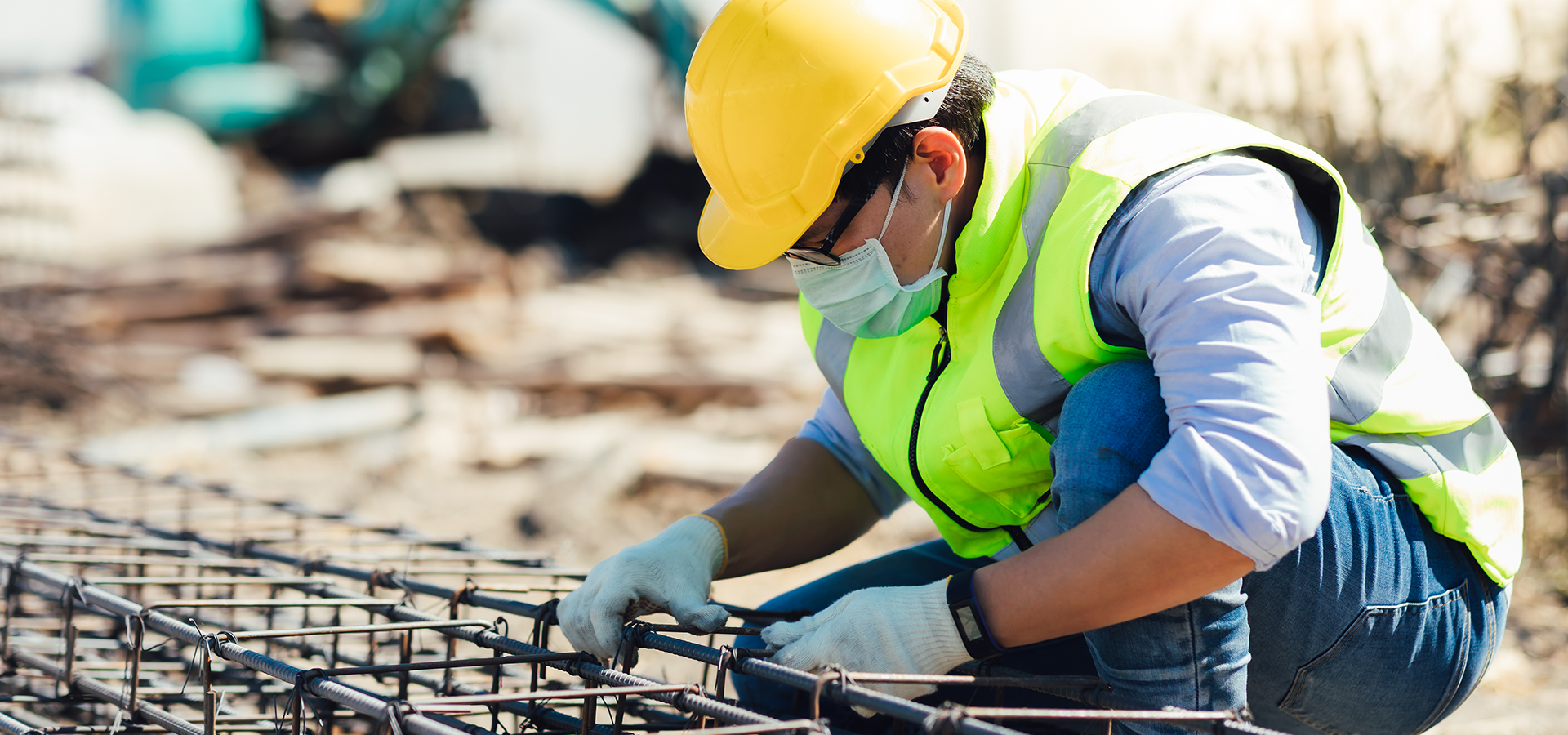
30th May, 2025
Choosing materials is one of the critical first steps in any construction project. TMT (Thermo-Mechanically Treated) bars form the core structural support in most construction projects. They carry through strength, ductility, and durability on which the building's stability depends: be it a residential high-rise, an industrial factory, or a commercial complex.
At Kay2 Steel, we get numerous queries from contractors, engineers, or individual home builders regarding the on-site quality checking mechanism of TMT bars. With various brands in the market, knowing how to test and differentiate between substandard and high-grade steel is essential.
This guide explains practical, reliable, and widely used site testing techniques that help you assess the best TMT quality before using it in construction. These tests are simple to carry out on-site and can protect your project from future failures or safety hazards.
While technical specifications may be set for the best TMT bars, real-world performance depends on whether those standards are consistently met. It is insufficient to rely entirely on manufacturer claims or external certifications. On-site testing provides first-hand assurance of:
Failure to test the bars will lead to safety hazards; delays will cause a lot of inconvenience and costly reworks. Detecting inferior quality early will help you avoid these risks.
Start with a quick but crucial visual check. This step requires little or no tools and technical insights but there is a lot that this can tell you.
Look for:
If bars appear to be inconsistent in colour or do not show proper branding, proceed with caution and follow up with more testing.
The bend test is used to evaluate the ductility and flexibility of TMT bars, ensuring they can withstand deformation without failure during handling and construction.
Test Procedure: Conducted in line with IS 1599 (as per IS:1786), this test involves bending the TMT bar cold over a specified mandrel diameter depending on its grade. The bar is gradually bent by applying continuous pressure until both sides become parallel.
Evaluation Criteria: After bending, the bar is inspected visually. There should be no visible cracks or ruptures on the bent portion when examined by someone with normal eyesight.
This test is essential for assessing the structural reliability of TMT bars, especially for applications where flexibility under load is critical.
Yield strength defines the stress at which the bar begins to undergo permanent deformation. It is often a deciding factor in determining how far a bar can resist heavy loads.
Method:
At Kay2 Steel, we guarantee our bars meet or exceed these criteria with every batch.
While yield strength marks the beginning of yielding in a bar, UTS is the maximum stress that a TMT bar can endure just before breaking.
Why does it matter:
A bar having a higher UTS resists breaking and at the same time provides an additional safety margin for sudden extreme loads such as those experienced during natural calamities or impacts. The best TMT bars will have a ratio of UTS to Yield Strength of at least 1.08.
Through the elongation test, one can find out about how much elongation a bar undergoes before breaking. The percentage elongation depicts the ductility of the bar and its resiliency during structural shifts.
How it is done:
TMT bars are safer and more durable under stress with high elongation, usually above 14.5%.
Corrosion is a silent enemy of steel structures, especially in coastal or humid environments. Corrosion testing evaluates how well the TMT bar withstands rusting and oxidation over time.
Procedure:
These bars may be used in high-moisture zones and marine infrastructure.
High-rise and commercial buildings require materials that will stand up to fire for a certain duration. Testing shall assure the capability of the bar, at elevated temperature (generally between 400°C and 600°C), to retain strength.
Good TMT bars will hold above 80% strength level at these temperatures until the structure gets enough time to stand against fire for evacuation or fire control.
Each diameter of a TMT bar is expected to follow a standard weight as per IS norms. Verifying the weight on-site is a quick and effective way to confirm whether the bar maintains the correct density and dimensional precision.
Standard Formula:
Weight (kg/m) = (D2 ÷ 162) (Where D = diameter of the bar in mm)
Tolerances Based on Diameter:
Bars falling outside these permissible limits may lead to structural imbalances. Undersized bars can compromise strength, while oversized ones can affect load distribution and increase material costs.
On-site testing of TMT bars isn't just a passive precaution; it is a proactive method to boost structural safety, compliance, and performance. Each test is a tool to help guide your decisions, from visual checks to chemical analyses.
Quality is important to us at Kay2 Steel at every juncture. Our TMT bars are engineered with precision, tested rigorously, and certified to exceed quality standards. Whether you're building a home or a high-rise, choosing Kay2 Steel ensures your foundation is backed by strength you can trust.
Pick from the best TMT bars to initiate safer and smarter construction. Our technical team awaits your call for any assistance or product information.